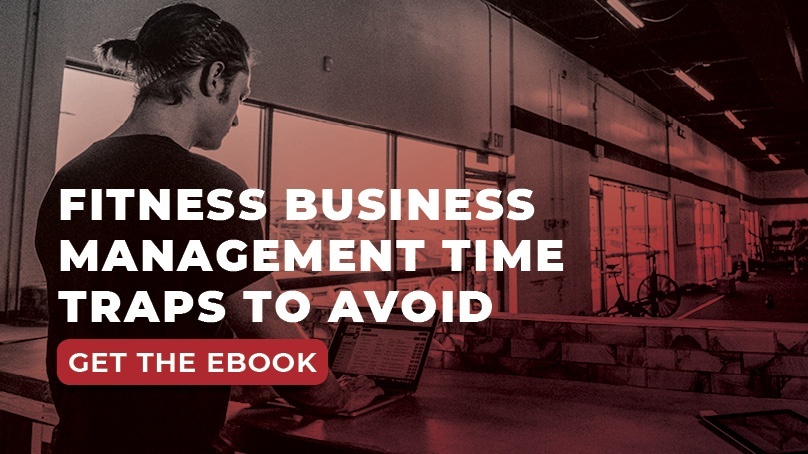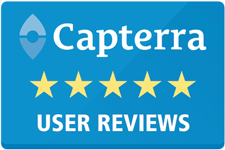Employment Law Tip: Understanding Exempt and Non-Exempt Employee in Your Fitness Business: Classifications Under FSLA

I should start this post by noting that I am not an attorney, but an HR professional. So, please take my view below as a non-legal opinion.
Now that I’ve said that, let’s talk.
When it comes to day-to-day fitness business management, there are plenty of things to worry about besides getting on the wrong side of labor laws. But since some labor laws are complex and frequently change, this is often easier said than done. For that reason, beginning this month, we are going to feature some common labor law pitfalls to help you keep you business legally compliant. To start, we’re going to cover the issue of exempt and non-exempt classifications under the Fair Labor and Standards Act (FSLA).
In general, the FSLA manages and monitors the federal minimum wage, overtime pay, record keeping requirements and child labor protections for employees in the private sector. But it is the exempt and non-exempt classification issue, a subset of the overtime and minimum wage provisions, that’s one of the most misunderstood labor law topics.
What this might look like in your business: Your front office employee at your gym works a full workweek for a set weekly salary. This person helps your athletes as they come and go, works with CrossFit instructors to ensure all classes are covered, does the general facility cleaning, and reorders your retail products and office supplies.
Now here’s the test….. Would you consider this employee exempt or non-exempt?
What you need to know: All of your employees will either be classified as exempt or non-exempt. Once you know the appropriate category of each of your employees, you will know your legal responsibilities in regards to paying your team.
The exempt classification means your employees are exempt from overtime and minimum wage requirements. This usually comes in to play when your employees are paid a regular salary, rather than an hourly wage. However, in addition to being a salaried employee and to legally classify your employees as exempt, the employee must be paid more than $455 per week and fall into one of the following categories:
- Executive employees- must mange two or more employees and have genuine input into job status for those they supervise
- Administrative employees- must be able to execute high degree of independent judgment and discretion
- Learned professional employees- lawyers, doctors, teachers, accountants, etc.
- Creative professional employees- requires invention, imagination, originality, and talent
- Highly compensated employees
- Outside sales or commission-based employees
Conversely, non-exempt employees, or employees who do not fall into an exemption classification, must be paid the prevailing minimum wage and any overtime wages when they are applicable.
Answer to the test: In our example above, the front office staff member would be considered exempt only if they made more that $455 per week and had generous autonomy and discretion in their daily role. But, if the employee’s daily tasks were directed by you or a gym manager, it is unlikely they would have enough independent discretion to satisfy the requirements of the exempt status under FLMA.
It is important to point out that this law is very strictly interpreted when evaluated in court, and the burden of proving an employee’s classification rests solely on the employer and the documentation they can provide. The good news is that you can always go right to the source if you have questions or would like to read more on this topic. The Department of Labor website is thorough and easy to use.
Do you have an employment topic you’d like to see covered in the upcoming month? If you do, please leave a comment below or email us at marketing@zenplanner.com. We’d love to hear from you!
Check out our latest eBook, Fitness Business Management Time Traps to Avoid. This guide will help you identify which tasks are taking up too much of your time, how to avoid these traps in the future and, most importantly, how creating efficiencies can help you better build relationships with your members.

I’m Coach Kelli, a devoted CrossFit gym owner with 15 years of experience managing my facility, along with owning yoga studios and wellness centers. Beyond the fitness world, I have a passion for cooking, cherish moments with my children and family, and find joy in spending time outside. Having experienced the highs and lows, I’m dedicated to leveraging my expertise to help you grow and succeed on your fitness journey.

I’m Coach Kelli, a devoted CrossFit gym owner with 15 years of experience managing my facility, along with owning yoga studios and wellness centers. Beyond the fitness world, I have a passion for cooking, cherish moments with my children and family, and find joy in spending time outside. Having experienced the highs and lows, I’m dedicated to leveraging my expertise to help you grow and succeed on your fitness journey.








